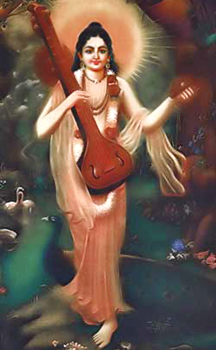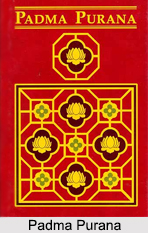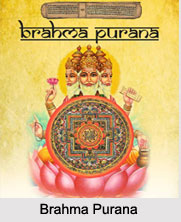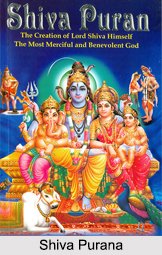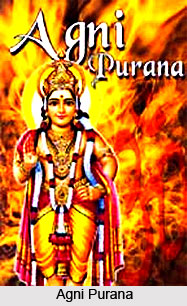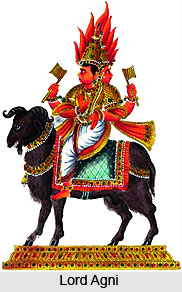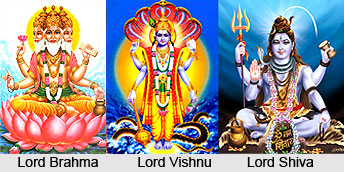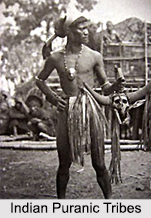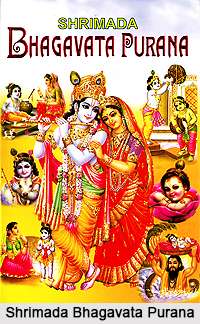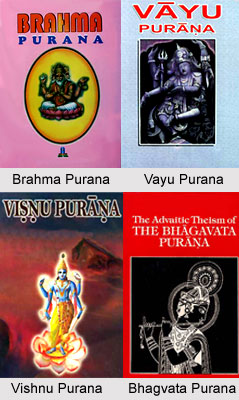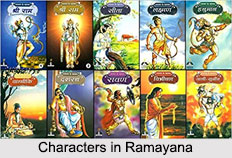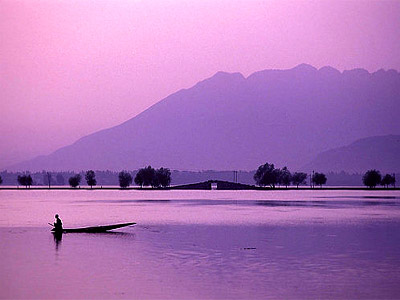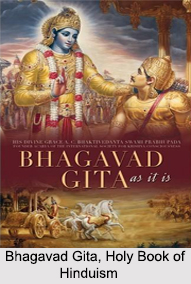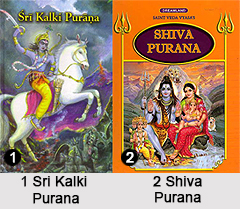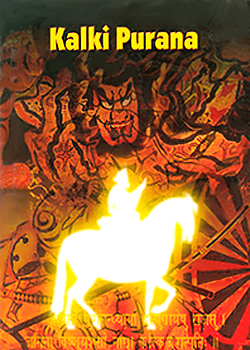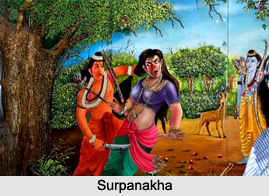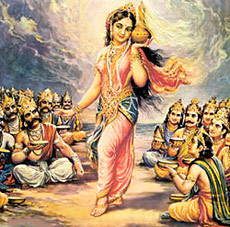 In the Puranas Mohini was a female avatar and one of the twenty-five avatars of Vishnu.
In the Puranas Mohini was a female avatar and one of the twenty-five avatars of Vishnu.
There is a mythical story relating to the life or various `lila` of Mohini. In the Sagar or Samudra manthan, a `lila` or play includes Indra, Lakshmi, Kurma, Dhanvanthri, and several other Hindu deities. The `lila` states the conflict between the demons and the gods for the quest for Amrita, Nectar of Immortality.
In this particular `lila`, there is a time when the gods are defeated by the demons they took the charge of Amrita. With the intention of save the gods, Lord Vishnu took the form of a beautiful woman, Mohini to tempt and lure the demons. When the demons saw the charming beauty of Mohini, they lost all self-control.
When the demons were captivated by Mohini`s exquisiteness, she detained the nectar and distributed it amongst the gods, who drank it instantaneously.
Only one demon or asura, Rahu suspected the foul play and joined the gods in disguise to receive nectar. Mohini realised this as he drank the nectar, and she killed the asura with the Sudarshana Chakra. As Rahu had intoxicated nectar, he did not die but persisted to live on as Rahu, the head and Ketu, the headless body. Rahu and Ketu are a part of the navagrahas or nine planets in Hindu astrology system.
The product of Lord Shiva`s union with Mohini was Ayenar. Ayenar was the only male among the Gramadevatas.
This article is a stub. You can enrich by adding more information to it. Send your Write Up to content@indianetzone.com


